Publications
You can also find my articles on my Google Scholar profile.
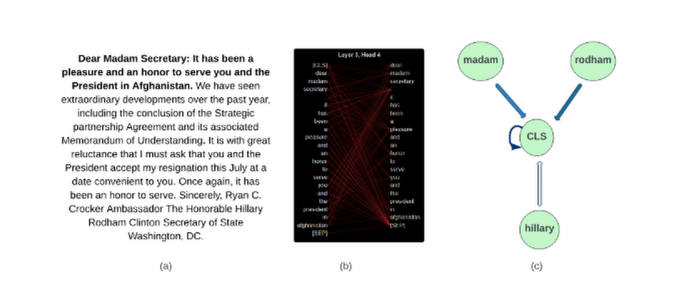 | Beyond Words - A Topological Exploration of Coherence in Text Documents Rishi Singhal*, Samyak Jain*, Sriram Krishna*, Yaman Kumar Singla & Rajiv Ratn Shah The Second Tiny Papers Track at ICLR, 2024 paper /In this work, we show the use of Topological Data Analysis (TDA) techniques on attention maps of language models to model the coherence of text. |
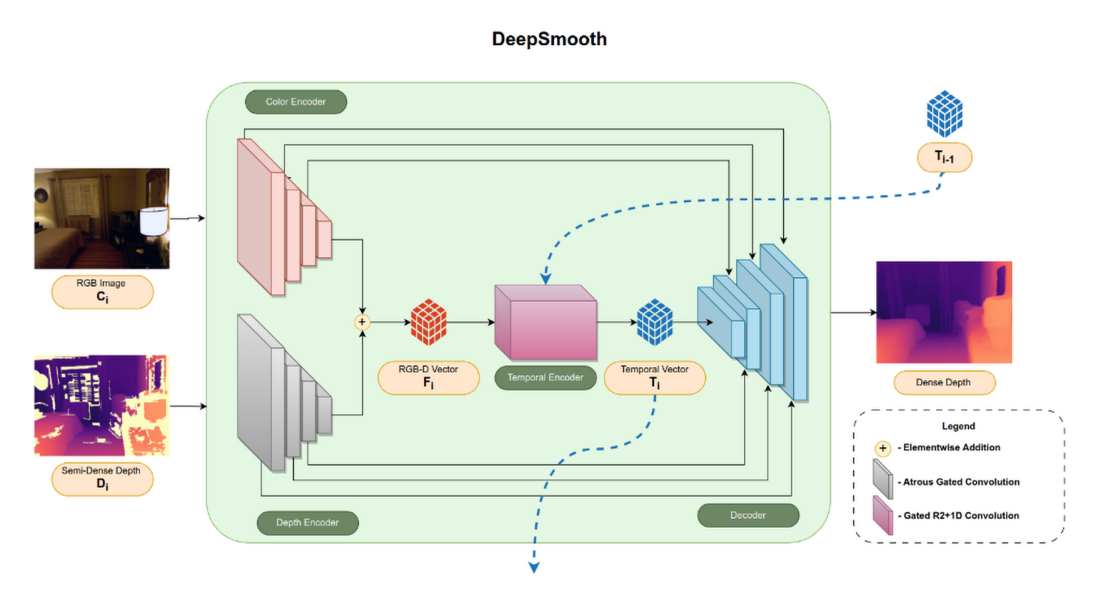 | DeepSmooth - Efficient and Smooth Depth Completion Sriram Krishna & Basavaraja Shanthappa Vandrotti Proceedings of the IEEE/CVF Conference on Computer Vision and Pattern Recognition (VOCVALC Workshop), 2023 paper / slides /We propose a model that propagates information efficently for the task of depth completion, enforcing depth consistency spatio-temporally and producing smooth depth maps. |
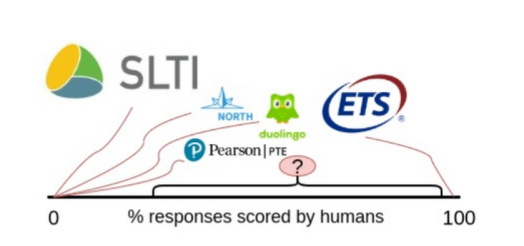 | Using Sampling to Estimate and Improve Performance of Automated Scoring Systems with Guarantees |
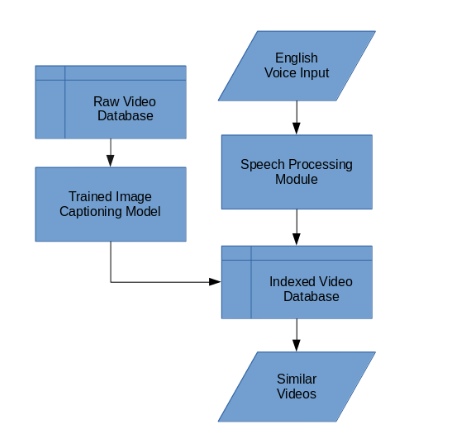 | Searching a Raw Video Database using Natural Language Queries Sriram Krishna, Siddarth Vinay & Srinivas Katharguppe International Conference on Advances in Electrical, Computing, Communication and Sustainable Technologies (ICAECT), 2021 paper / code /This work aims to provide an end-to-end pipeline to search a video database with a voice query from the end user. |
 | Gestop - Customizable Gesture Control of Computer Systems |
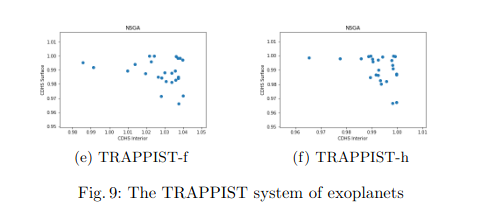 | Genetic Bi-objective Optimization Approach to Habitability Score Sriram Krishna & Niharika Pentapati First International Conference on Modeling, Machine Learning and Astronomy, 2019 paper /We show the applicability of genetic algorithms in optimizing the habitability of exoplanets. |
Template borrowed from Leonid Keselman
